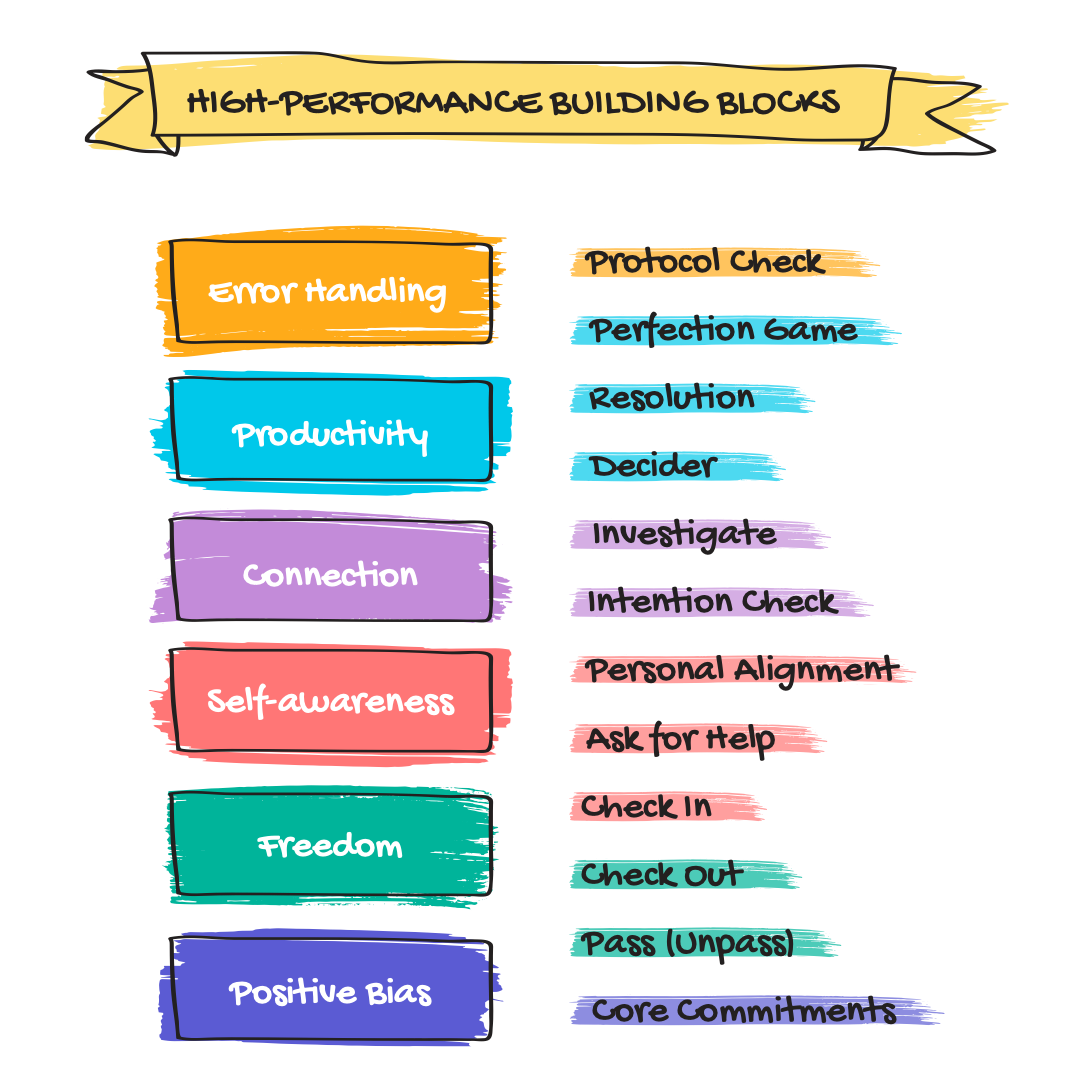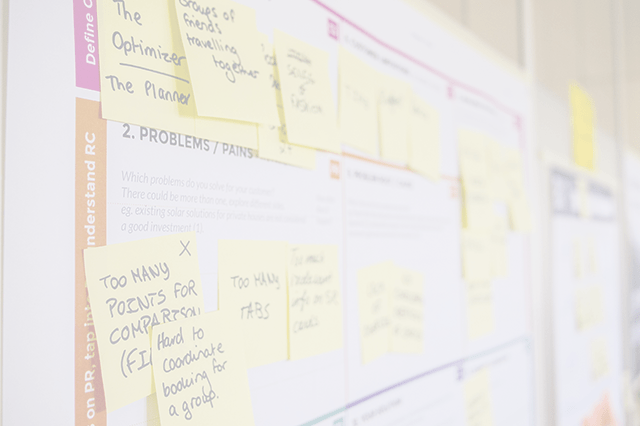Core Protocols
The Core Protocols are a framework for improving team health and communication. They establish core commitments and then offer a set of practices/protocols. They were originally developed by Jim and Michele McCarthy, in 2001 in their book: “Software for Your Head: Core Protocols for Creating and Maintaining Shared Vision” (Amazon sells this for a ridiculous price - I’m not linking to it). In 2018/2019, Richard Kasperowski updated them and gave them a home on the web.
Core Commitments
The Commitments are about team members helping to create an environment of Psychological Safety and focusing on team over individual. The Commitments are about:
- Engagement
- Lift others and improve their ideas
- Focus on understanding others, not occupying the most space
- Taking action towards the group goal
- Seeking help when needed
- Autonomy - at any moment, if we can’t be engaged, then walk away
- Contribute only when it will make the situation better Generally, the commitments are focused on creating a positive environment

Protocols
These are a set of practices that improve team communication and performance. They’re modelled on a principle similar to Design Patterns, and each protocol has a short description and set of rules.
- Pass - I won’t participate in this activity. If used too often, it may signal disengagement from the overall process.
- Check-in - at the start of a meeting, a check-in is about sharing your current emotional state and your agreement to support using the other Core Protocols.
- Check-out - “I’m Checking Out” - I can’t currently participate and use the Protocols. The person may need to be somewhere else or can’t currently engage using the rules.
- Ask for Help - In too many teams, people don’t ask, fearing it displays weakness.
- Protocol Check - used when we think we’re not abiding by the core commitment or misunderstanding another protocol
- Intention Check - used to check your own or another’s intention when we think behaviours might not result in a positive outcome
- Decider - used to move the group to consensus.
- Resolution - used when a minority doesn’t support a decision
- Perfection Game - when we want to improve an idea, we ask others what would make it better.
- Personal Alignment - digging deeper into your intentions.
- Investigate - ask questions to understand a phenomenon without passing judgment.
Practical Application
Discuss with your team and see if they can use the system to improve communication.
Related Books
- High-Performance Teams: The Foundations - Richard Kasperowski expands on the Protocols. The books is free from InfoQ.com
